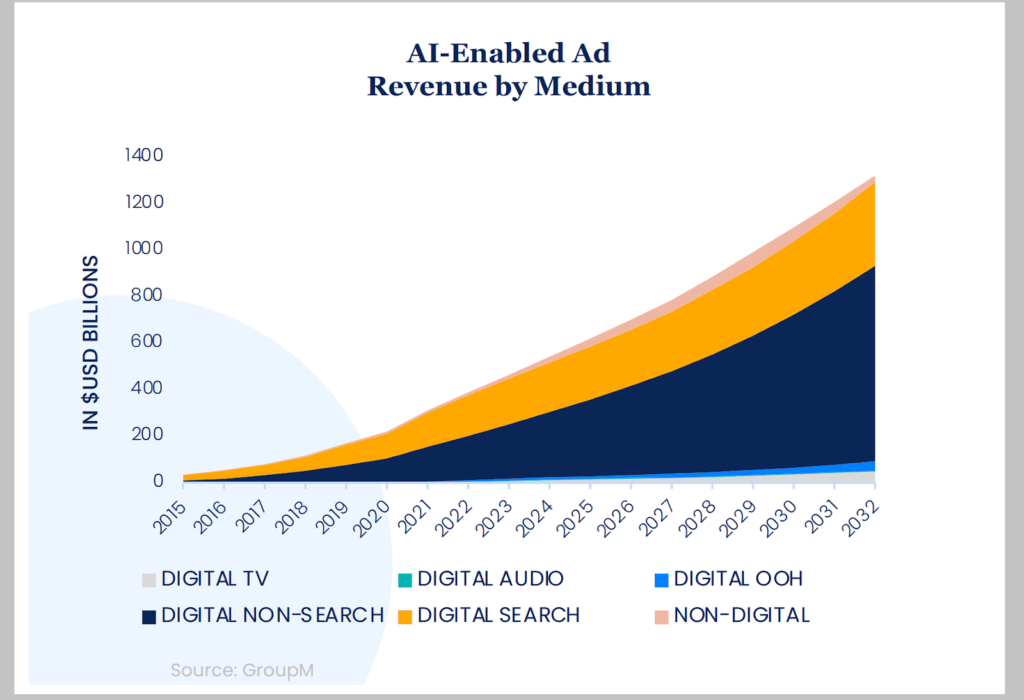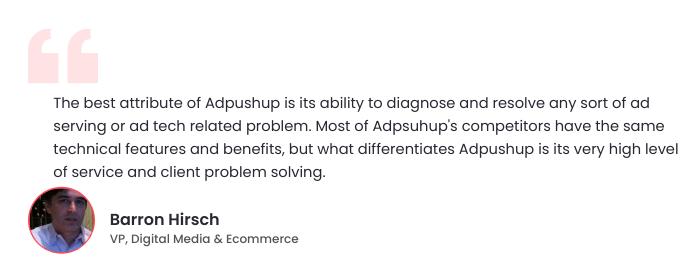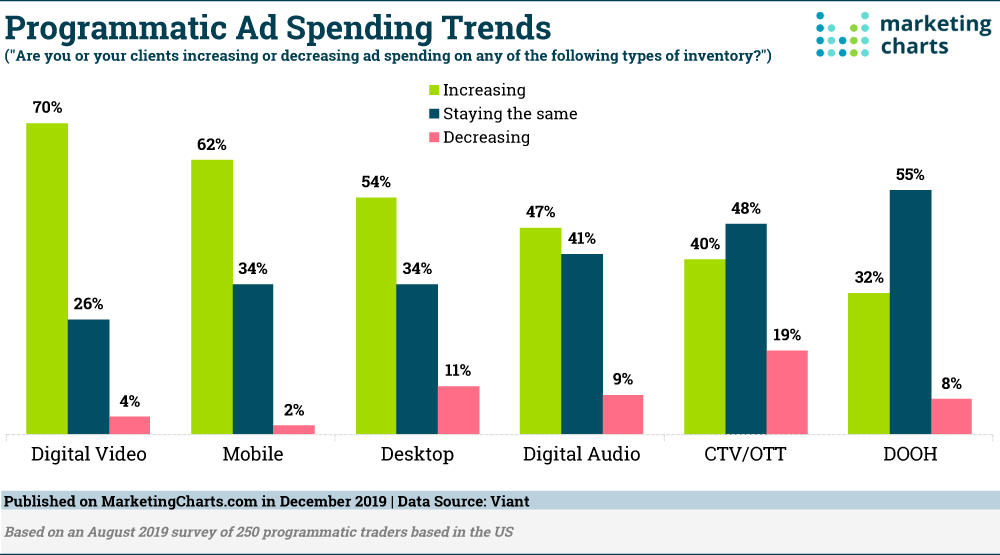Ad tech has been in the domain of advertisements for years now and has seen constant evolution ever since. It has brought forward an advanced level of technologies enabling various brands to have a niche level of targeting choices, which include demographic targeting, contractual targeting, hyper-local targeting and much more.
From the point of view of publishers, various programmatic techniques like Header Bidding are there to help the marketers substantially improve the level of revenues when put in comparison with the traditional model known as the waterfall model.
Ad tech companies all over the world have already been experimenting with various models to see what suits them best. But what really is ad tech? Let’s delve a little deeper.
Also Read: Ad Tech Trends That We Can Expect in 2022
What Do We Really Mean by Ad Tech?
Ad tech is a blanket term that comprises the tools and the software used by platforms, brands, publishers, and agencies to target the audience, deliver the advertisement to the satisfaction of the consumer and measure the revenue of their online advertisements. In layman’s terms, ad tech software provides the space for advertising.
They let brands and companies buy the advertising space, and they let publishers set the price and, eventually, sell off their advertising space.
It is an important platform because a lot of money is spent on online advertising, and ad tech helps the buyers hone the money they are spending, and sellers increase the revenue they are receiving.
The final goal is to have a better ad space, provide the right ad content to the right person and finally, reduce wasteful spending.
Here are the Top 4 Ad Tech Ecosystem Techniques For Publishers
The ad tech industry is an ever-changing one. With the advancement in technology and software, brands can better target their audience and can make more effective advertising. Thus, the ad tech platform is being transformed, and the following techniques can be used in the coming year…
NFTs and AI in Ad Tech

Artificial Intelligence has already captured the market in various ways, and it will also grasp the marketing sector. About 75% of publishers state that AI will play an important role in the successful turnout of their business. This is not just true for large companies but for companies in developing and developed economies.
This shows the massive outreach that artificial intelligence has had. The main problem with the adoption of AI in ad tech industries is the lack of skilful, talented individuals. To address this issue, media houses, research institutions, and solutions of third parties should come together and cooperate with each other.
Non-Fungible Tokens (NFTs) for publishers have become the latest mark of digital identity due to the crypto craze. They have also turned out to be the latest phase in publishing. Although people are opinionated on NFTs, some think it will be new and will present a lucrative stream of revenue to anyone creating virtual media, while some dismiss it as nonsense tactics to distract advertisers. Whatever the opinion, NFTs will be here to remain, and they can be used to monetize archive content.
Time Magazine has auctioned off old magazine covers, and CNN has also sold some moments from the archives as NFTs. Since NFTs are like a digital identity that no one can steal, it gives value to individuals and to the work they do. Ad Tech can sell off its ad space as NFTs for brands to use in the upcoming future.

Programmatic Advertisements in Ad Tech – Automation at its Best
In the ad tech industry, programmatic advertisements are used for the automatic sale and purchase of online ads. Prior to the introduction of this technology, putting an order for a space, configuration of the essentials, and in the end, reporting on such ads had to be done on a manual basis, and that naturally caused a lot of inconveniences.

Essentially, before programmatic advertisements, the ad tech industry was non-existent. Nowadays, programmatic advertising is an effective and efficient process that makes all virtual advertisements a single-platform unit. Each format and all the channels are accessed through this platform, thanks to the ad inventory and database of programmatic advertising.
By next year, with the integration of AI and faster codes written in the framework of the software, programmatic advertisements will be more optimized and more effective in the buying of ad space.
The Use of First-Party Data in Ad Tech
Advertisements are fueled by data tracked from online user activities. For security reasons, legislation has been passed, and companies have taken measures to protect user data which is stored in the form of cookies. This is a problem for the advertising world, where about 77% of websites and 82% of all online advertisements use cookies to extract information.
Traditionally, brands have withheld data regarding ad revenue, content engagement, subscriptions, and customer profiles. All of these will stop with the ban of tracking cookies. This will lead to the availability of only the first-party data. The quantity of data will lessen, but first-party data offers tremendous quality to advertisers, which will provide a better ad experience.
This will have the small publishers use non-advertising sources because they won’t be able to use third-party sources any longer. By next year, when cookies will no longer be available, publishers in the ad tech platform will have to use the first-party data to find strategic solutions by finding the right ad space for the right people to advertise the products.
Also Check Webinar: Publisher 1st Party Data: From Striving to Thriving
The Return of Audio in Ad Tech
As the world resumes its daily activities, people are listening more and more to podcasts while commuting to their jobs or academic institutions. Podcasts and music apps provide untapped marketing of uninterrupted advertisements. By next year, as things are predicted to be completely normal, publishers in the ad tech industry will invest heavily in advertisements on music apps and podcasts.
The popularity of podcasts has given rise to audio stories, and that has also become an excellent source of revenue for publishers in the ad tech space.
Thus, the ad tech industry is heavily induced by technology and will only transform with changing time therefore, it cannot have any stagnant technique for its success. New tips and tricks will emerge with changing times and advancing technology.
FAQ Related to Ad Tech Ecosystem for Publishers
Ad tech is a platform that provides publishers and brands with the ability to
automatically buy ad space for their digital advertisements.
Non Fungible Tokens (NFTs) provide an identity to the creators that no one can
steal. The ad tech platform can sell off their ad spaces to brands as NFTs, and it
will permanently remain with them.
Most digital advertisements require third-party data to target the audiences. They
used to obtain this data by tracking cookies. Upon the imposed ban on cookies,
brands will have to develop personal relationships with the people. Publishers in
the ad tech industry must conduct market research before buying ad space for
their product.
Audios essentially play a vital part in ad tech because the advertisements
cannot be skipped, unlike in videos. Thus, the ad tech techniques should include
buying more advertising spaces on audio platforms in 2023.

Shubham is a digital marketer with rich experience working in the advertisement technology industry. He has vast experience in the programmatic industry, driving business strategy and scaling functions including but not limited to growth and marketing, Operations, process optimization, and Sales.







